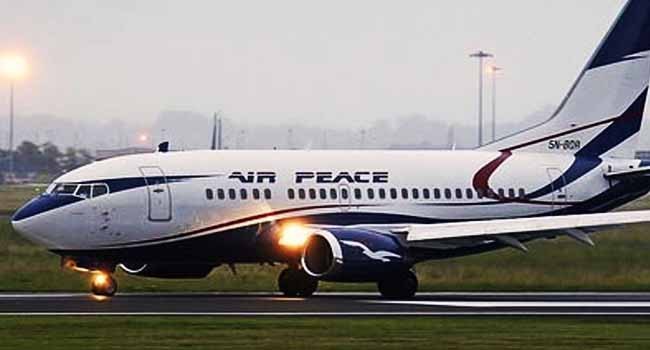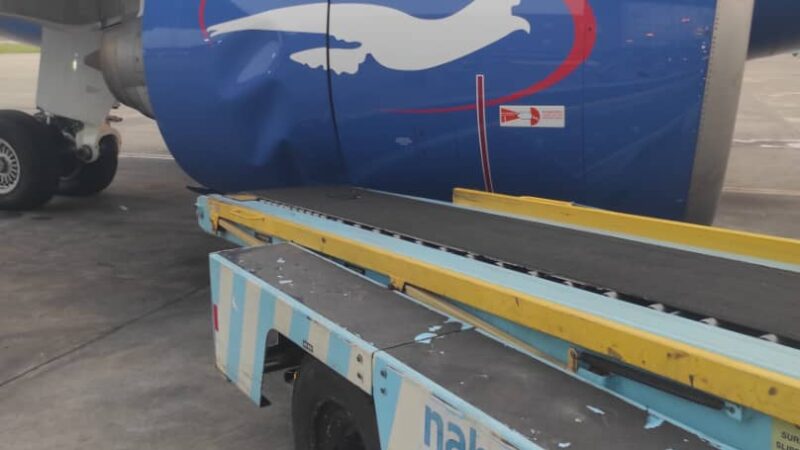ICAO forecasts 2% increase in post-pandemic passenger air traffic in Q1 2024, surpassing pre levels

The International Civil Aviation Organisation (ICAO) has projected a significant milestone in global aviation as passenger air traffic levels are expected to exceed pre-pandemic levels by 2 per cent in the first quarter of 2024.
The forecast, contained in statement made available to media organisations, indicates that the surge is accompanied by sustained operating profitability among airlines, mirroring the trends observed in 2023.
In the statement, the ICAO Council President, Salvatore Sciacchitano credited the commitment of Member States to aligning their pandemic responses with ICAO guidance as instrumental in the recovery of air services.
He emphasised the crucial role of implementing post-pandemic guidance to ensure the resilience and sustainability of this recovery.
“The commitment of ICAO’s Member States to aligning their pandemic responses with the guidance developed by the ICAO Council has been crucial to the recovery of their air services,” remarked Sciacchitano.
“The implementation of ICAO’s post-pandemic guidance is now equally crucial to ensuring the resilience and sustainability of this recovery,” he added.

The forecast indicates a promising trajectory for air travel demand in 2024, expected to surpass 2019 levels by 3 per cent and potentially by 4 per cent, if recovery accelerates in certain routes.
ICAO said this translates to a Compound Annual Growth Rate (CAGR) of approximately 0.5 per cent over the 2019-2024 period.
However, the outlook for global demand expressed in Freight Tonne-Kilometres (FTK) remains slightly subdued, projected to be around 2 per cent below 2019 levels for the full year 2024.
The global aviation body explained that this decline reflects anticipated reductions in demand amid ongoing economic weaknesses worldwide.
ICAO Secretary General Juan Carlos Salazar highlighted the role of aspirational goals agreed upon by governments toward decarbonizing air transport by 2050 in supporting environmental sustainability.
He noted initiatives led by ICAO to accelerate the development and implementation of technologies and cleaner aviation energies necessary for decarbonization.
“The aspirational goals agreed upon by governments towards the decarbonization of air transport by 2050 are supporting the environmental sustainability of the recovery and future development of the global air transport network,” remarked Salazar.
He added: “This is further driven by initiatives led by ICAO to accelerate the development and implementation of the technologies, operational improvements, and cleaner aviation energies that decarbonization requires.
“ICAO’s latest air traffic forecasts are promising for global development and a reminder that the global community must accelerate its sustainability efforts, particularly to assure the production and deployment of sustainable aviation fuels in sufficient quantities.”

While the forecasts offer optimism for global development, they also underscore the need for accelerated sustainability efforts, particularly in ensuring the production and deployment of sustainable aviation fuels in adequate quantities.
ICAO’s analysis of aviation in 2023 revealed that air traffic on most routes had already surpassed pre-pandemic levels by the end of the year, aligning with earlier predictions of nearly complete recovery by the end of 2023.
Notably, major regional routes such as Intra-Europe and those between Europe and North America, the Middle East, South West Asia, and Africa, along with routes between North America and Latin America, the Caribbean, South West Asia, South East Asia, and the Pacific, exceeded 2019 levels by the end of 2023.
However, most international Asian routes, except those serving South West Asia, continued to experience significantly lower traffic levels in 2023 compared to pre-pandemic levels.
In terms of cargo traffic, expressed as FTK, 2023 estimates remained 3 per cent below 2019 pre-pandemic levels, reflecting the state of the world economy.
Despite challenges such as high fuel prices and economic uncertainties, airlines’ total operating profits in 2023 reached USD 39 billion, consistent with 2019 levels.
ICAO noted that the increased passenger yields and productivity gains contributed to this profitability, with North American and European airlines capturing the majority of the industry’s profits, a trend seen in previous years.
Today’s forecasts, according to ICAO, are issued with the caveat that risks affecting international air transport do not escalate from current levels, underscoring the need for continued vigilance and adaptation within the aviation industry.







